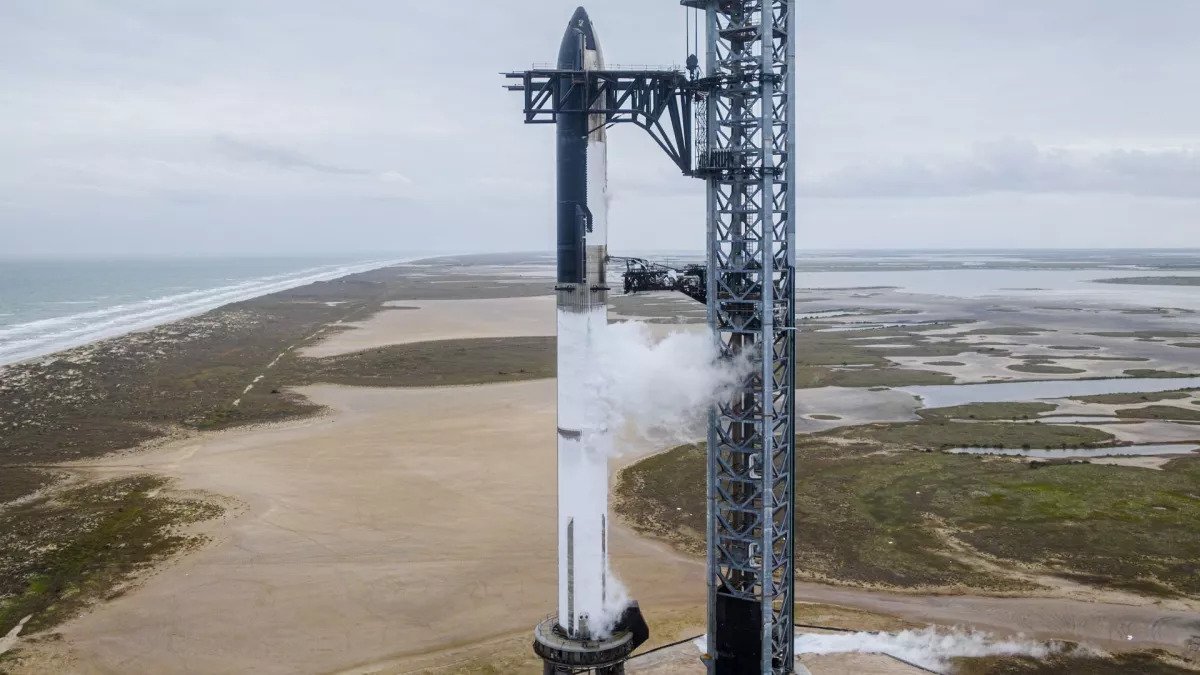Elon Musk tweeted that if all the tests go well, then the first trial launch of Starship will take place in March. According to him, success is not guaranteed, but this will be the first experience of using a fully reusable system of this size.

First Starship Launch
The first attempt to launch a giant Starship rocket into orbit may take place as early as March. The head of SpaceX, Elon Musk, tweeted on Saturday, February 4, that the system had only a few important stages to go through before the first real launch, which the team planned to overcome in February.
“If remaining tests go well, we will attempt a Starship launch next month,” he wrote and added that “success is far from certain, but excitement is guaranteed,” so in fact the entire flight will take place in experimental mode, the results of which will decide where the program will move on.
The launch will take place from the SpaceX launch pad in Texas on the Gulf Coast. A few minutes after it, the first stage with the name Booster 7 will fall into the sea, but SpaceX itself will enter orbit and make an almost complete orbit around the Earth.It will land in the Pacific Ocean near the Hawaiian Islands.
Heavy Reusable Rocket for Mars
The main purpose of creating Starship is to deliver cargo and passengers to the Moon and Mars. It will also be able to deliver many other large-sized objects to Earth’s orbit, such as second-generation Starlink satellites.
In order to make the colonization of the red planet economically justified, it was decided to make the giant spacecraft completely reusable. It consists of two stages, each of which can be reused.
The first one is called Super Heavy and, according to the developers, it will make a controlled landing in the future, similar to the one that Falcon 9 boosters are making now. The second is a 50-meter spacecraft itself, which will deliver passengers to the Moon and Mars.
Some of the important tests have already passed. For example, on January 23, the spacecraft was fully fueled. The most important thing to do in the coming days is static burning tests of the first stage. Until now, it has not turned on more than 14 engines at the same time. And now scientists will have to turn on all thirty-three.
According to www.space.com
Follow us on Twitter to get the most interesting space news in time
https://twitter.com/ust_magazine

